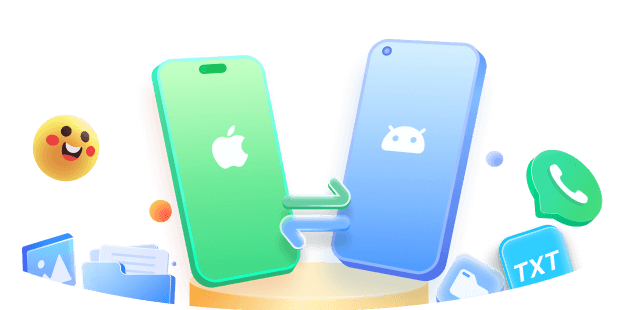"How can I clone my phone?" Mobile phones are essential devices that house a vast amount of personal information, from contacts and messages to photos and applications. Phone cloning has emerged as a useful process that allows users to create duplicates of their device's data and functionality on new devices.
This comprehensive guide delves into the fundamentals of phone cloning, its motivations, legal implications, associated risks, and safe practices for phone clone. Whether upgrading to a new phone or ensuring data security, understanding phone cloning will empower you to ensure your mobile data management effectively.
In this article
Part 1: What is Phone Cloning?
Phone cloning refers to the process of creating a replica of a mobile device's data and functionality onto another device. This technology enables users to transfer information, contacts, apps, and settings seamlessly from one phone to another, often during device upgrades.
The phone clone process typically involves accessing the original device's stored data, which is then transferred via Bluetooth, Wi-Fi, or a physical connection to the new device. Once the data is transferred, the new phone functions as a duplicate of the original, ensuring that users retain their important information and customized settings.
Part 2: Why You May Want to Clone a Phone?
People clone a phone for a variety of reasons. This practice can serve various purposes for users seeking flexibility and convenience. Here are some of the most common reasons for cloning a phone:

- Backup Your Data: Cloning a phone allows you to create a replica of your current device, including all apps, settings, and files. It is particularly useful if you are concerned about losing important data, such as photos, contacts, messages, and application data. By having a cloned version of your phone, you can ensure that you have a reliable backup, protecting you from data loss due to accidental deletion, a malfunctioning device, or a system crash.
- Transfer to a New Device: When transitioning to a new device, cloning can simplify the process of transferring data and settings. Instead of manually transferring each contact, photo, or app, cloning allows you to immediately replicate your current phone's entire environment. This method saves significant time and effort, especially for users with extensive data or a complicated app setup. Most modern devices offer seamless cloning options that facilitate this transfer, minimizing the hassle typically associated with switching devices.
- Enhancing Security Measures: Another reason to clone a phone is to enhance security by creating a fail-safe version of your data. In today's increasing cyber threats, cloned backup allows users to safeguard sensitive information against potential hacks or breaches. If a device is lost or compromised, the cloned version serves as a secure repository that can be restored anytime, maintaining your privacy. Regularly updating your cloned data ensures you have the latest security measures and information backed up, protecting against data loss.
- Emergency Recovery: Cloning a phone also plays a critical role in emergency recovery situations. If your device gets damaged, lost, or rendered inoperable due to unforeseen circumstances such as accidents, natural disasters, or theft, having a cloned backup allows for swift recovery of your important data. In emergencies, time is often of the essence, and the ability to quickly restore contacts, photos, messages, and applications from a cloned version of your phone can make a significant difference. This is especially vital for individuals relying on their devices to manage work, personal communications, or essential tasks.
Part 3: Is it Legal to Clone Phone?
Cloning a phone, which involves copying the data and identity of one device to another, is a legal grey area heavily dependent on the intent and methods used. Generally, cloning a phone with malicious intent, such as stealing personal data or committing fraud, is illegal and punishable by law.
However, if you own both devices and are transferring your personal data, such as contacts and photos, using official applications or services manufacturers provide is legal. To clone your phone legally, utilize built-in backup and transfer tools offered by your phone's operating system or third-party applications that comply with legal standards.
Part 4: Risks of Cloning a Phone
Certain risks may occur as a consequence of cloning a phone. Users who want to clone phones need to be aware of these risks. Some of the risks of cloning a phone that should be remembered are:

- Hacking: Cloning a phone can create significant security vulnerabilities, making it easier for hackers to gain unauthorized access to your data. When a phone is cloned, the duplicate device can be used to intercept communications and access sensitive information such as passwords, emails, and financial details. Hackers often exploit the lack of security in cloned devices to conduct identity theft, which can have severe financial consequences.
- Data Leak: Another major risk associated with cloning a phone is the potential for data leaks. Since a cloned phone replicates the original device's data, it can inadvertently expose personal information to unauthorized parties. It can happen if the cloned device is sold or given away without proper data wiping. Consequently, sensitive information such as contacts, photos, and messages could be accessed by strangers, leading to privacy violations.
- Legal Issues: Cloning a phone can lead to serious legal repercussions, as it often involves unauthorized access to services and personal information. Many jurisdictions classify phone cloning as fraud or identity theft, subjecting individuals to significant fines and even imprisonment. Law enforcement agencies may trace cloned devices back to their original owners, complicating the situation further.
- Voided Warranties and Service Disruptions: Cloning a phone usually void warranties and can lead to service disruptions from mobile carriers. When a phone is cloned, it's often viewed as a violation of the service agreement, resulting in carriers terminating your service or imposing additional fees. Furthermore, if the cloned phone is used for unlawful activities, the original user may dispute with their carrier over unauthorized charges or service interruptions.
Part 5: How to Clone Your Phone Safely?
MobileTrans has established itself as a trusted tool for seamlessly transferring data from one phone to another or from one phone to a computer. Its user-friendly interface simplifies the transfer process, even for those with limited technical knowledge. The software supports a wide range of file types, including contacts, messages, call logs, photos, videos, and music.
Furthermore, its advanced features, such as selective data transfer and data backup and restoration, enhance its versatility, making it a comprehensive tool for managing phone data effectively.
Mobile Trans App
If you want to transfer your phone data to a new phone, you can use the MobileTrans App. The MobileTrans App is a dependable solution for transferring phone data safely to another phone.
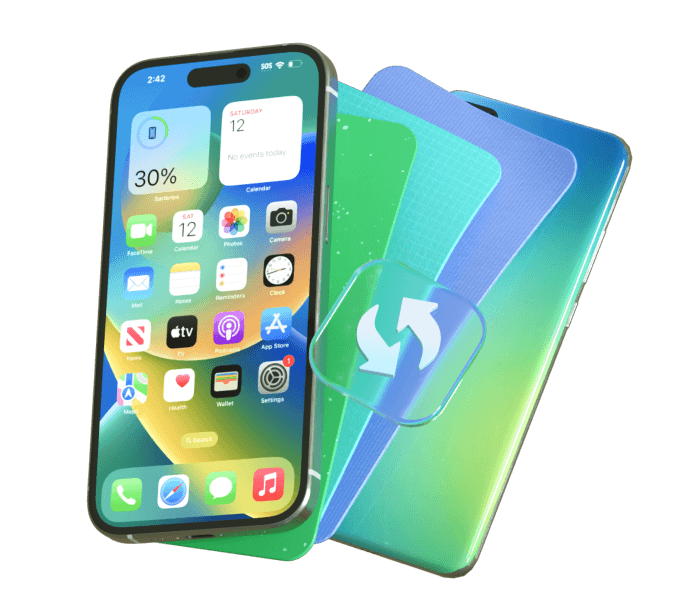
Here are the steps to transfer your phone data using it:
Step 1: Identify the original phone, which holds the data to be transferred, and the target phone that will receive the data. This ensures a proper setup for a successful transfer. Launch MobileTrans app and tap Phone to Phone to start.
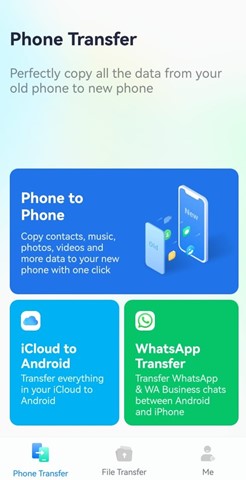
Step 2: Choose the transfer direction.

Step 3: MobileTrans offers a wide range of data types you can transfer, including contacts, messages, photos, videos, music, and more. From the intuitive menu, select the specific data types you want to move.
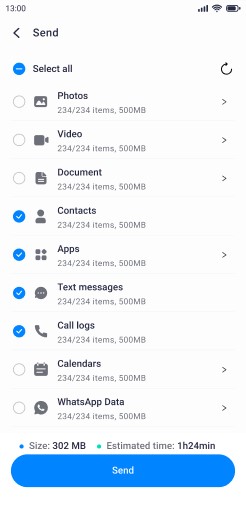
Step 4: With the data types selected, click the "Send" button to initiate the transfer process. Follow the instructions on screen to connect two devices. MobileTrans will provide real-time progress updates as the data is transferred. Once complete, the app will notify you of the successful data migration.
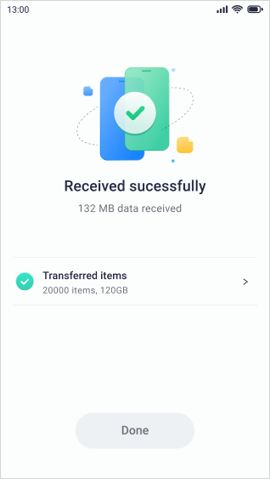
Pros of MobileTrans App:
- Transfers various data types securely to new devices with a user-friendly interface.
- Intuitive design simplifies data transfer for all tech experience levels.
- Provides real-time notifications, keeping users informed and reducing anxiety during migration.
Con of MobileTrans App:
- Limited to mobile-to-mobile transfers.
MobileTrans Desktop
Users interested in exporting their phone data to a computer can use the MobileTrans Desktop software.
After downloading the software to their computers, users just have to follow these steps to export their phone data securely to their PC:
Step 1: Connect your phone to the PC using a USB cable. Launch MobileTrans Desktop and navigate to the "Phone Transfer" section. Select "Export to Computer" to begin the export process.

Step 2: MobileTrans Desktop supports various data types, including contacts, messages, photos, and videos. Carefully review the supported data categories and select the ones you wish to transfer. Ensure your choices align with the content you want to preserve on your computer.
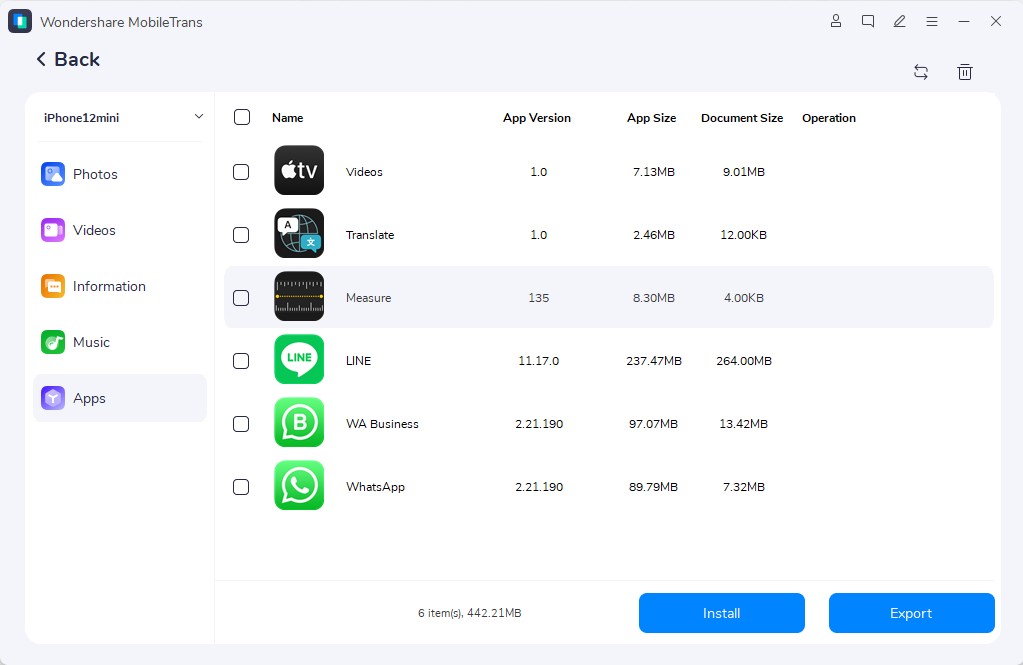
Step 3: After confirming your data selections, click the "Export" button to begin the transfer. Maintaining a stable connection between your phone and the computer is essential during the export phase. Once the process is complete, you can easily access and utilize the exported data on your PC.
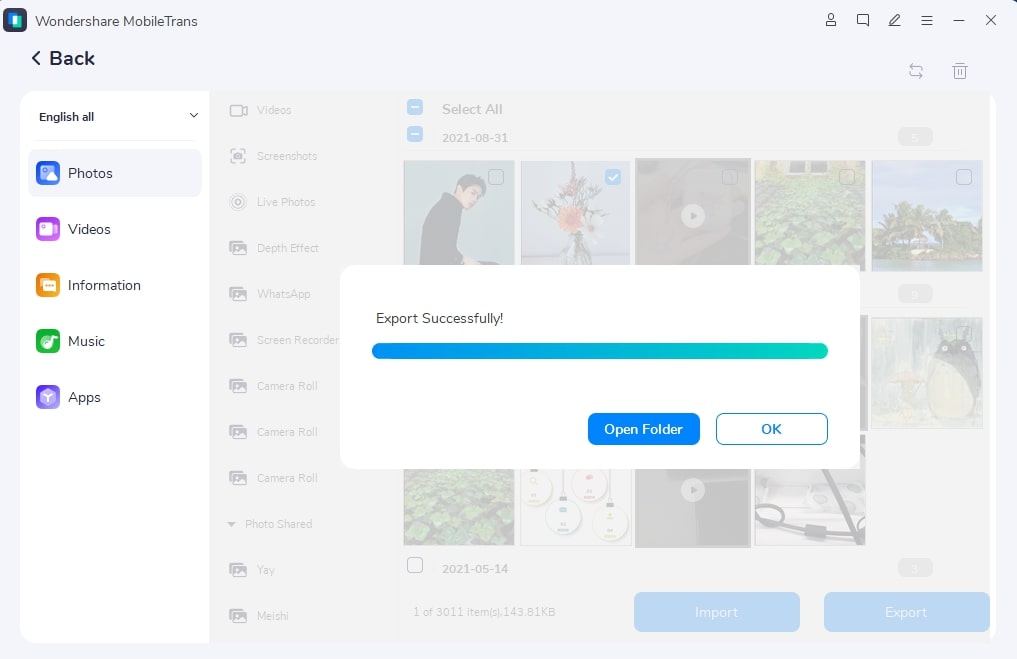
Pros of MobileTrans Desktop:
- Allows secure data export from mobile devices to computers, creating backups to prevent data loss.
- Stable USB connections minimize the risks of data transfer interruptions and unauthorized access.
- The post-transfer organization helps users manage personal information, reducing legal concerns about mismanaged data.
Con of MobileTrans Desktop:
- Requires a paid upgrade for full feature access.
Conclusion
Cloning phones offers substantial benefits, including data backup, streamlined transfers, and enhanced security. However, users must navigate the associated risks and legalities carefully. Utilizing a reputable tool like MobileTrans ensures safe and efficient data transfer, maintaining privacy and data integrity throughout the process.
